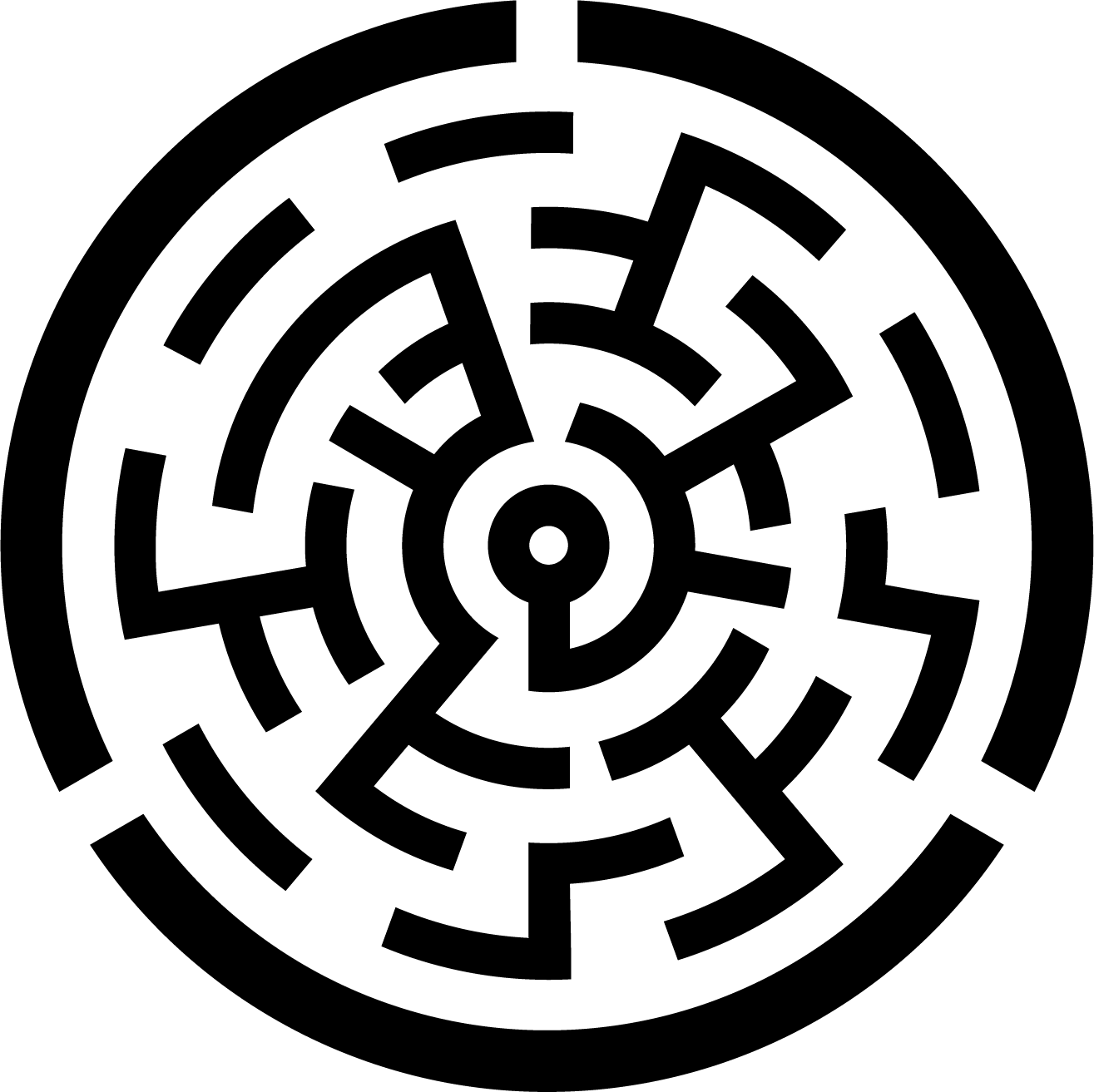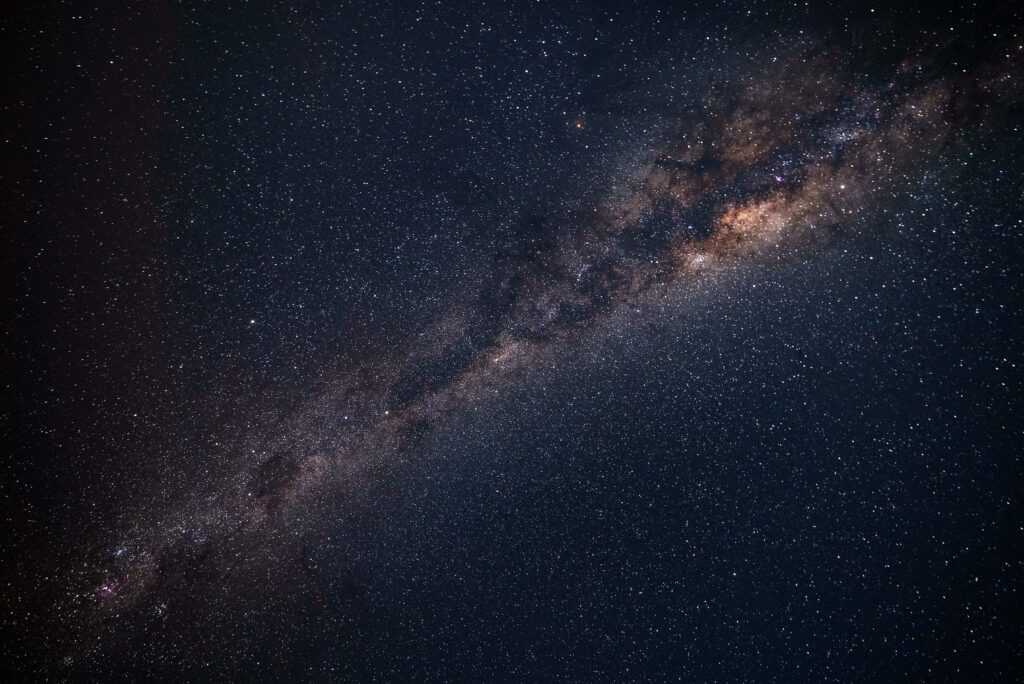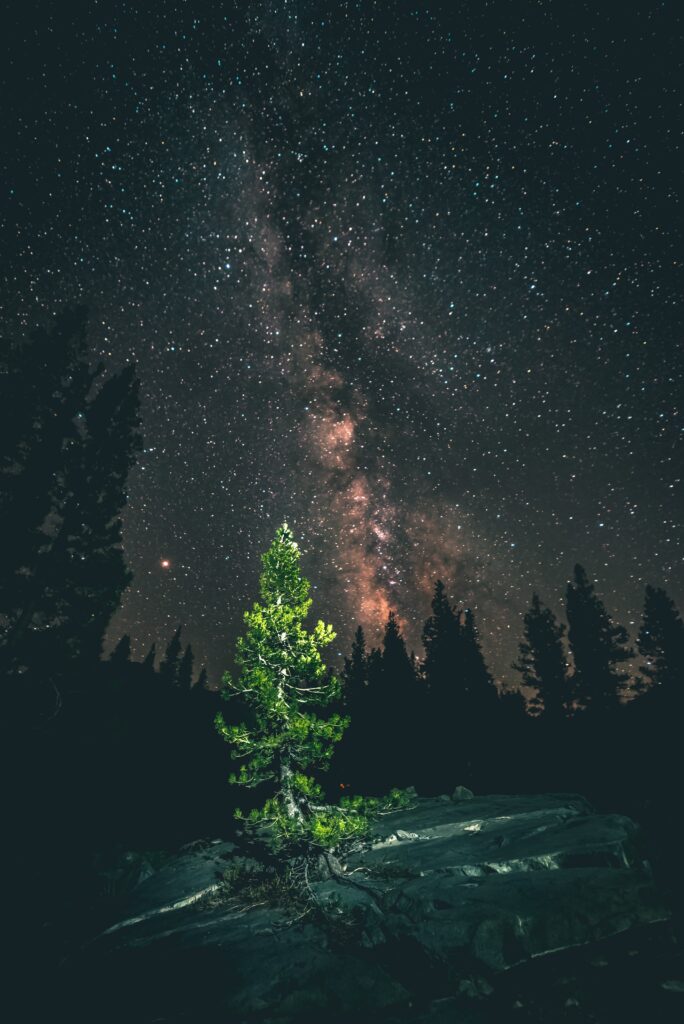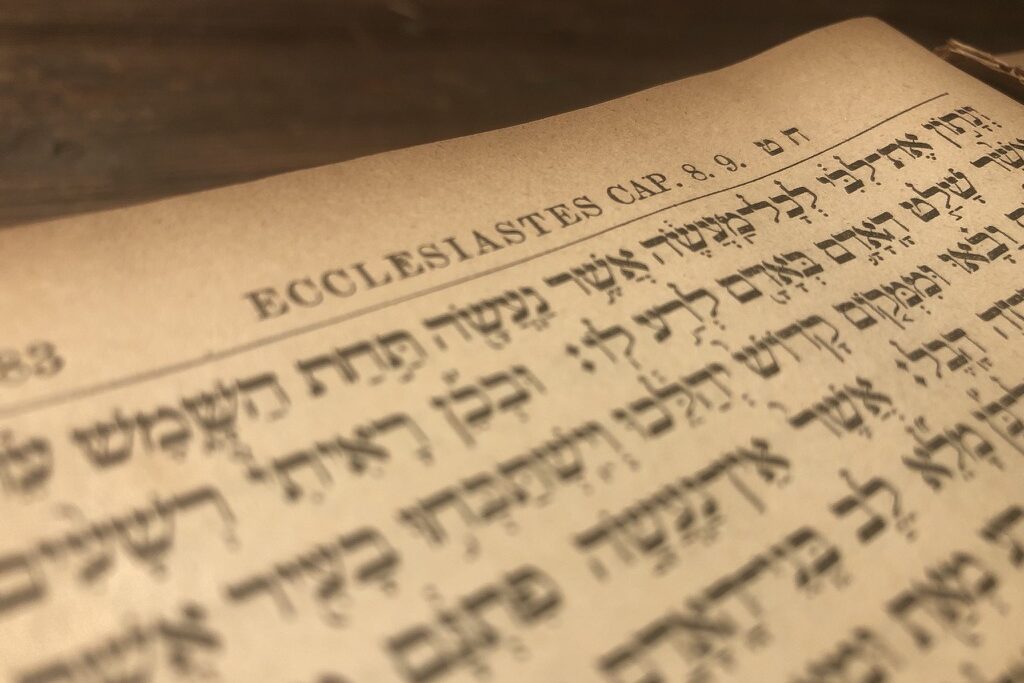“It is our hope that [European and Western Christian Leaders] will be able to see the damage they are doing and free themselves from the European cultural bondage in which their theology is imprisoned.”
The work of Rainbow Spirit Theology attempts to hold to the profound truths of the Christian story while removing it from its imported white-European casing, allowing the Good News of Christ to exist in an entirely Aboriginal form. It unearths a calling and vocation for Aboriginal people through a connection with the land from which they came, and to which they belong. This paper is an attempt to wade into the continuing conversation of much of the Indigenous people of Australia, asking ‘does the good news of Christ limit its truth to certain stories, terminology, or cultural frameworks?’
Also considered is what Paul distinguishes as ‘treasure and vessel’, and how the conflation of the two can bring about spiritual superiority, division, and a blindness to the God-likeness in those who are ‘other’. This essay affirms the Aboriginal people, and the mission of recovering both their true spiritual heritage and the Eternal, Cosmic Christ who has permeated all cultures since the beginning.
Rainbow Spirit Theology (RST) arose in the mid-1990s from a collaborative effort by Aboriginal Christians working to reconcile the truths of an introduced Christianity, and the Rainbow Spirit that has called to them from the land, and deep within their being. RST reveals the Creator and Rainbow Spirit – the rainbow serpent, or what some call the Dreaming¬ – who has been at work throughout history, from the very beginning of creation. RST asserts that law, wisdom, and divine revelation of the Creator has always been evident in the land and Aboriginal spirituality and did not originate from European missionaries. Aboriginal Christian leader, George Rosendale writes,
“Since creation, people spread all over the world. People in all parts of the world had their teaching about the Creator Being. We Aborigines had our own teaching about the Creator. He was the Spirit of our Ancestors.”
This law created a connection to the land which moves far beyond that of sentimentality. The land gives purpose and a divine vocation and weeps over the loss of relationship with its people. The sacred responsibility to care for the land is parallel to the God-given task seen in the primeval stories of creation in the Hebrew scriptures. Essential for the work of RST, the Rainbow Spirit is recognised as the life-giving power of God.
As many Christians view the prophets, poems, and narratives found in the Hebrew Bible as a shadow pointing towards Christ, the RS Elders interpret the mystery of the Creator as only partially revealed in their ancient stories and sacred sites, but that the full revelation comes in Jesus, the Christ.
However, this is not merely speaking about Jesus of Nazareth. RST asserts that when the Creator Spirit, logos, became flesh, he became all flesh, which includes Aboriginal flesh. They write, “The emphasis is on God assuming a human form, common to all of us. We are all flesh and blood, like Jesus Christ.” Christ, as the universal truth, is present in the creation of the land through the Rainbow Spirit. Attempting to give language to this mystery, the Elders say, “[In Christ] the spiritual presence of the land becomes flesh and camps among us.”
The Christ, or Word (logos), which has been present and active since the beginning of time is what French philosopher and Jesuit priest Pierre Teilhard de Chardin, philosopher Dallas Willard, Franciscan Fr. Richard Rohr and others have referred to as the Cosmic Christ or the Eternal/Universal Christ. This idea of an Eternal or Cosmic Christ is what gave the people their Law, The Dreaming, and sacred connection to the land.
The reality and nature of Christ existing before, in, and through all things, is also expressed in passages such as John 1:1-18, Rom. 1:20, Col 1:15-20, Eph. 1:3-14 and Heb 1:1-3; and 1 Peter 1:10-12. Rohr suggests that “instead of saying that God came into the world through Jesus, maybe it would be better to say that Jesus came out of an already Christ-soaked world.” RST reveals that much of traditional Aboriginal spirituality has engaged with this living reality of Christ in “a rich spiritual tradition” long before missionaries carrying the truth of Jesus arrived on Australian shores.
“Woe to you experts of the law, because you have taken away the key to knowledge. You have not entered, and you have hindered those who were entering.” – Jesus of Nazareth
Sadly, for more than two centuries, Aboriginal people have encountered a Christianity so entwined with Western culture that the two have become amalgamated as one and the same. Without valuing the people or attempting to understand Aboriginal spirituality, their core beliefs and practices were largely ignored and rejected; dismissed as pagan, barbaric, and even evil. Their self-esteem was destroyed, their sacred responsibility as caretakers of the land was lost, and with it, their God-given purpose.
Words like ‘choked’, ‘imposed’, and ‘crushed’ evoke the cautionary words of Jesus: “Yes…what sorrow also awaits you experts in religious law! For you crush people with unbearable religious demands, and you never lift a finger to ease the burden.” The natural question then arises: How, in a ‘Christ-soaked’ world, can those specifically seeking to be the hands and feet of Christ, be the very ones choking and crushing those to whom they ‘bring Christ’?
The answer, in part, can be found in the conflation of what Paul distinguished as ‘treasure (θησαυρός) and vessel (σκεῦος)’. This idea finds clear expression in the words of one of the RS Elders: “Our people need to be free of the terrible burden of believing that they need to think and live like Europeans before they can be Christians.”
What does it mean to love and live out a cultural and spiritual heritage without it becoming another conflation of treasure and vessel? To limit the Christ-event to a single cultural expression or framework is an attempt to pull Christ out of the Cosmos and reduces the message of Christ from being good news for the world and into good news for the few.
Every culture is at risk of turning their particular forms of expression into the treasure, rather than a carrier of the treasure, which quite often produces a spiritual dominance, division, and an inability to see the image of God in all people. The message of Christ, however, transcends all cultures while remaining able to be fully expressed through them.
The work of RST is a stepping stone forward into the Aboriginal Christian’s future spirituality, and as further continuations emerge, it remains a theology-in-progress. The theology of the Rainbow Spirit brings a challenge to theologians such a Karl Barth who saw revelation as only possible through God’s direct self-disclosure. He viewed humanity as fundamentally incapable of receiving revelation any other way. Many Christians believe that a project such as RST engages in syncretism, thus threatening the truth of the Gospel as made known alone in the person of Jesus of Nazareth.
In contrast, Bundjalung man, and spiritual thinker, Kyle Slabb, sees integrating the introduced framework of Western Christianity onto the previously existing Aboriginal spirituality is unnecessary. For thinkers like Slabb, RST comes at the risk of diluting profound truths with surface-level religious systems. He asserts that long before the colonisers arrived, Aboriginal people inherited the framework they needed to live life well, with both Creator and created. This framework is built around teaching about Skin, Land, Law, Language, and Ceremony.
Slabb believes that indigenous people must break away from the imposed Western models and return to the wisdom of their traditional frameworks. This movement is not an attempt to return to the past, but to move forward toward reconciliation, healing and wholeness for Aboriginal people and the land.
Redemption in RST sees Christ as present in the suffering of the people and the land. Through Christ, the land and people are being reconciled to the Creator Spirit and one another. Through Him, all is made new. Indigenous theologian, Randy Woodley, makes the connection between proper relationship with the land and the Hebrew notion of shalom. According to Woodley, when people are living within the natural rhythms and laws of creation, it brings about righteousness and justice.
Old Testament scholar, Terence Fretheim, views righteousness, not as an abstract legal concept of being right, but as conforming ones living and behaviour with the patterns, limits, and character of creation. This kind of life produces shalom: the holistic, joyous flourishing of all elements of creation.
RST challenges the claim that there is only one valid expression of truth and serves as a jarring reminder that theology does not happen in a (white male) vacuum. When individuals engage with other cultures and worldviews, it creates in them a disequilibrium which can break them away from their dominant Western assumptions and frameworks. It is here that, with a posture of humility and repentance, space is created where one can more easily receive from others their way of thinking.
The Australian Church must first begin looking at its blind-spots if it hopes to see true justice and righteousness and reclaim shalom in the country. The way forward is through a relationship with the Aboriginal culture and engagement with its history and theology.
As Woodley states, “It would be pure ignorance for me to…come into a place and think I could have a relationship with the land and know it, without knowing the people who have been here for so long.” Through recovering their rich cultural heritage and remaining connected to Christ, RST hopes to create a Christianity in which Aboriginal involvement does not come at the cost of Aboriginal identity.
Worked Referenced
McGrath, Alister E. The Christian Theology Reader. Edited by Alister E. McGrath. 2016.
Milbi Dabaar : A Resource Book for Teachers, Leaders, Pastors and Students for Use in Christian Ministry among Aborigines of Australia. Edited by David Thompson. North Cairns, Qld: Wontulp-Bi-Buya College, 2004.
Paulson, Graham. “Towards an Aboriginal Theology.” Pacifica 19, no. 3 (2006): 310-20. https://doi.org/10.1177/1030570X0601900310.
Rainbow Spirit Theology : Towards an Australian Aboriginal Theology. Edited by George Rosendale. Blackburn, Vic: HarperCollinsReligious, 1997.
Rice, Megan. “Episode 5.4: Randy Woodley on Indigenous Theology & the Harmony Way “, https://youtu.be/JTtRgDujntc. YouTube: Western Theological Seminary, 29 May, 2019 2018. https://www.westernsem.edu/episode-5-4-randy-woodley-on-indigenous-theology-the-harmony-way-2/.
Rohr, Richard. Universal Christ: How a Forgotten Reality Can Change Everything We See, Hope for, and Believe. Convergent Books, 2019.
Stanner, W. E. H. White Man Got No Dreaming : Essays, 1938-1973. Canberra: Australian National University Press, 1979.
Teilhard de Chardin, Pierre. The Heart of the Matter. Edited by René Hague. London: Collins, 1978.
Willard, Dallas. Knowing Christ Today: Why We Can Trust Spiritual Knowledge. Zondervan, 2009.
WJ, Pawu-Kurlpurlurnu, Holmes M, and Box L. Ngurra-Kurlu: A Way of Working with Warlpiri People. DKCRC, (Alice Springs: Desert Knowledge CRC, 2008).




Comment